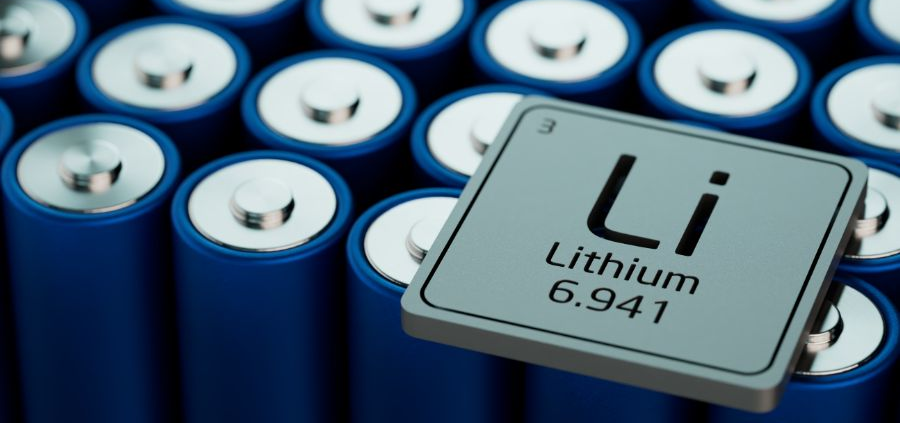Understanding Deep Cycle Lithium Batteries: Use Cases, Market Trends, and Technical Advantages
- Introduction
Deep cycle lithium batteries have become a cornerstone in modern energy storage solutions, driven by the increasing demand for efficient, durable, and environmentally friendly power sources. Unlike traditional batteries, they can handle repeated deep discharges without significant degradation, making them ideal for a broad range of applications.
For distributors, agents, and technical procurement managers, having a clear understanding of these batteries’ technical specifications, application scenarios, and market trends is crucial. This knowledge enables informed decisions when selecting products, negotiating with suppliers, or expanding into emerging markets.
This article explores the fundamental concepts, technical strengths, common applications, and the evolving market landscape of deep cycle lithium batteries, providing valuable insights to stakeholders involved in their distribution and procurement.
- What is a Deep Cycle Lithium Battery?
A deep cycle lithium battery is engineered to provide sustained, consistent energy output over long periods and numerous charge-discharge cycles. The term “deep cycle” highlights its ability to discharge a significant portion of its capacity—typically up to 80% or more—without damaging the battery’s lifespan.
Key Technical Definitions:
- Depth of Discharge (DoD): Represents the percentage of battery capacity that has been used relative to its total capacity during a discharge cycle. Deep cycle batteries support higher DoD levels than standard batteries, allowing more usable energy per cycle.
- Cycle Life: Number of full charge-discharge cycles a battery can endure before its capacity falls below a usable threshold (often 80% of original capacity).
- Battery Chemistry: Most deep cycle lithium batteries use Lithium Iron Phosphate (LiFePO4), valued for safety, thermal stability, and long life. Other lithium chemistries may also be used depending on application requirements.
- Battery Management System (BMS): An electronic system embedded in the battery pack to protect against overcharge, over-discharge, overheating, and short circuits, ensuring safe and optimized battery performance.
By comparison, lead-acid deep cycle batteries generally tolerate only around 50% DoD to preserve lifespan, which limits usable capacity. Lithium deep cycle batteries’ ability to safely sustain deeper discharges significantly improves energy utilization efficiency.
- Technical Advantages of Deep Cycle Lithium Batteries
Extended Cycle Life
Deep cycle lithium batteries typically offer 2000 to over 6000 cycles, significantly surpassing lead-acid batteries that usually provide fewer than 1000 cycles under similar DoD conditions. This extended lifespan reduces replacement frequency and lowers the total cost of ownership, critical for commercial applications.
High Depth of Discharge
With DoD ratings commonly around 80-90%, these batteries deliver more usable energy per cycle. This feature is especially beneficial in off-grid or renewable energy storage systems where maximizing available stored energy is key.
Lightweight and Compact Design
Lithium batteries have a higher energy density than lead-acid counterparts—approximately one-third the weight and smaller volume for equivalent capacity. This weight saving is crucial in transportation and mobile applications, enabling increased payload capacity or extended operational time.
Low Maintenance and Self-Discharge
Unlike flooded lead-acid batteries that require periodic watering and equalizing charges, lithium batteries are maintenance-free and have low self-discharge rates (typically under 3% per month), which preserves stored energy during extended idle periods.
Safety and Thermal Stability
Lithium Iron Phosphate chemistry is inherently more thermally stable than other lithium variants, reducing risks of thermal runaway and fire. The BMS provides real-time monitoring and safeguards, enabling safer operation in demanding environments.
Fast Charging Capability
Deep cycle lithium batteries can accept higher charging currents, allowing faster recharge cycles. This capability is important for applications with limited downtime or requiring quick turnaround, such as commercial vehicles or telecom backup systems.
- Typical Use Cases and Application Scenarios
4.1 Recreational Vehicles (RVs) and Camper Vans
RVs demand reliable energy storage to power lighting, appliances, and electronics on the move or off-grid. Deep cycle lithium batteries provide lightweight, long-lasting power solutions that reduce overall vehicle weight and extend operational time without frequent recharging.
4.2 Marine Applications (Boats, Yachts)
Marine environments pose unique challenges including moisture, vibration, and temperature extremes. Deep cycle lithium batteries resist corrosion and offer stable voltage under load, ensuring dependable power for navigation, lighting, and onboard systems.
4.3 Solar Energy Storage Systems (Residential and Commercial)
In solar PV systems, energy generated during daylight is stored for use at night or during outages. Deep cycle lithium batteries’ high DoD and cycle life improve return on investment by maximizing usable energy and minimizing maintenance compared to lead-acid alternatives.
4.4 Electric Utility Vehicles (Golf Carts, Cleaning Machines)
These vehicles require batteries that can endure frequent cycles and support high discharge currents. Lithium deep cycle batteries reduce downtime with longer lifespans and faster recharge, improving operational efficiency.
4.5 Telecom Backup Power and Remote Monitoring
Telecom sites often require backup power systems that can remain idle for extended periods yet provide reliable emergency power. Lithium batteries’ low self-discharge and maintenance-free nature are well-suited for this role.
4.6 Industrial Equipment and Mobile Power Solutions
Applications such as forklifts, AGVs, and portable power systems demand robust, high-capacity batteries. Deep cycle lithium batteries offer improved energy density and cycle life, reducing operational costs and downtime.
- Market Trends and Industry Drivers
Market Growth and Geographic Distribution
The global deep cycle lithium battery market is expanding rapidly, with North America being a key region due to strong demand for renewable energy, electric vehicles, and advanced energy storage solutions.
Regulatory Environment
Government incentives and stricter emissions regulations drive the adoption of lithium-based energy storage. Policies promoting renewable integration and energy efficiency enhance market potential.
Cost and Technological Advancements
Declining lithium battery prices driven by scaling production and innovation in battery chemistry and manufacturing improve competitiveness against traditional technologies.
Emerging Applications
New markets such as grid-scale energy storage, microgrids, and electric commercial vehicles contribute to sustained growth.
- Considerations for Distributors and Technical Buyers
- Certification Requirements: UL 1973, UN38.3, IEC standards are critical for ensuring safety, transportability, and reliability.
- Battery Specifications: Evaluate key parameters including nominal voltage, capacity, C-rate, and operating temperature range.
- System Integration: Compatibility with inverters, chargers, and control systems is essential for seamless operation.
- Vendor Support: Reliable after-sales service, warranty terms, and technical assistance influence long-term satisfaction.
- Scalability and Modularity: Flexible system design enables meeting varying capacity demands and simplifies maintenance.
- Conclusion
Deep cycle lithium batteries represent a vital advancement in energy storage technology, combining superior technical performance with growing market relevance. Their extended lifespan, efficiency, safety, and versatility make them suitable for a broad array of industrial, commercial, and mobile applications. Understanding these aspects helps distributors, agents, and technical buyers align their strategies with evolving market demands and technological progress.
Further Reading: A Practical Guide to Attending The Battery Show North America 2025
If you’re planning to explore new partnerships or evaluate technologies at The Battery Show USA 2025, don’t miss our detailed attendee guide. It covers everything from travel and registration tips to exhibitor highlights and networking strategies—designed specifically for battery distributors, agents, and technical buyers.
Read the full guide here to make the most of your visit and stay ahead in the evolving lithium battery market.


